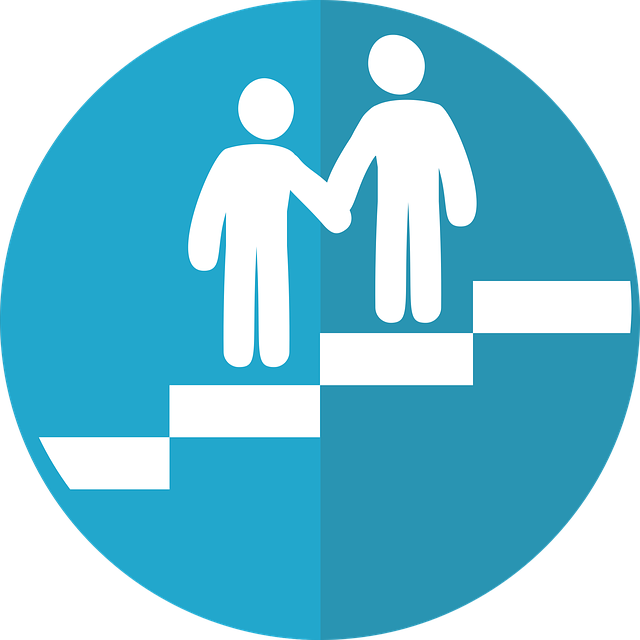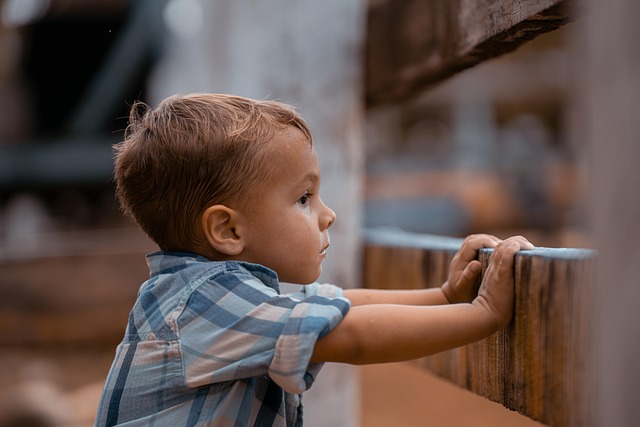Oregon's child welfare system faces challenges like rural resource limitations, urban poverty, and substance abuse, impacting family dynamics. However, a vibrant advocacy network comprising organizations and individuals tirelessly works to support vulnerable children and families. Through enhanced collaboration, systemic issue awareness, and improved funding allocation, these groups drive positive transformations. Key initiatives focused on prevention services, care stability, and trauma-informed practices have yielded successful outcomes, ensuring every Oregon child has access to quality care and education. Collaboration between local organizations, service providers, and citizens is crucial for effective advocacy efforts in Oregon's child welfare system.
“Oregon’s child welfare system, with its unique challenges and opportunities, has been the focus of dedicated advocacy efforts. This article explores how various groups are driving change and making a tangible difference in young lives. We delve into the initiatives that have brought about positive transformations, from improving systemic issues to fostering community support. By examining these successful strategies, we uncover the power of collective action in Oregon’s child welfare advocacy community.”
- Understanding Oregon's Child Welfare System: Challenges and Opportunities
- The Role of Advocacy Groups in Driving Change
- Key Initiatives and Success Stories: Making a Difference
- Building Community Support and Collaboration for Long-Term Impact
Understanding Oregon's Child Welfare System: Challenges and Opportunities

Oregon’s child welfare system, like many others, faces complex challenges that demand continuous advocacy and improvement. The state’s diverse landscape presents unique obstacles, from rural communities with limited resources to urban areas grappling with high poverty rates and substance abuse issues. These factors contribute to complex cases involving family dynamics, mental health, and access to critical services. Despite these hurdles, the Oregon child welfare advocacy community is a vibrant network of organizations and individuals dedicated to supporting vulnerable children and families.
Advocacy efforts in Oregon focus on enhancing collaboration among various stakeholders, including social workers, community groups, and policymakers. By raising awareness about systemic issues, such as foster care placement challenges and the need for mental health support, advocates drive change. They also push for better funding and resource allocation to ensure that children receive the necessary care and services. These collective actions create opportunities for positive transformations within the child welfare system, ultimately aiming to provide a brighter future for Oregon’s most vulnerable youth.
The Role of Advocacy Groups in Driving Change

Advocacy groups play a pivotal role in driving change within Oregon’s child welfare system. These organizations, driven by passionate volunteers and professionals, work tirelessly to ensure that the rights and well-being of vulnerable children are protected. Through their advocacy efforts, they bring attention to critical issues, raise awareness among policymakers, and foster collaborative solutions.
By organizing campaigns, hosting community forums, and publishing research, these groups play a crucial role in shaping public policy. Their persistent lobbying helps pass legislation that improves child protection services, increases funding for at-risk youth programs, and ensures every child in Oregon has access to quality care and education. The collective voice of advocacy groups is a powerful force for positive transformation within the state’s child welfare system.
Key Initiatives and Success Stories: Making a Difference

The Oregon child welfare advocacy community has been making significant strides in improving the well-being and outcomes for vulnerable children across the state. Through robust advocacy efforts, they’ve driven key initiatives that address critical areas such as prevention services, fostering stability in care, and promoting trauma-informed practices.
These initiatives have yielded notable success stories. For example, increased funding for early intervention programs has helped identify and support at-risk families earlier, preventing the need for more intensive services later. Similarly, collaborations between community organizations and child welfare agencies have strengthened the network of support for foster youth, fostering stability and enhancing their transition to adulthood. Such efforts underscore the power of collective action in Oregon’s child welfare advocacy landscape.
Building Community Support and Collaboration for Long-Term Impact

In Oregon, fostering a strong community support system is vital for the long-term success of child welfare advocacy efforts. Collaboration between local organizations, service providers, and concerned citizens can create a network that offers comprehensive care and resources to vulnerable youth. By joining forces, these entities can raise awareness, educate the public, and advocate for policy changes that positively impact Oregon’s child welfare system.
Community support enables sustainable initiatives, ensuring that advocacy goes beyond short-term solutions. Collaborative efforts can lead to the development of innovative programs, improved access to services, and better outcomes for children in care. This collective approach nurtures a sense of shared responsibility, fostering an environment where every individual contributes to the overall well-being of Oregon’s young people.






